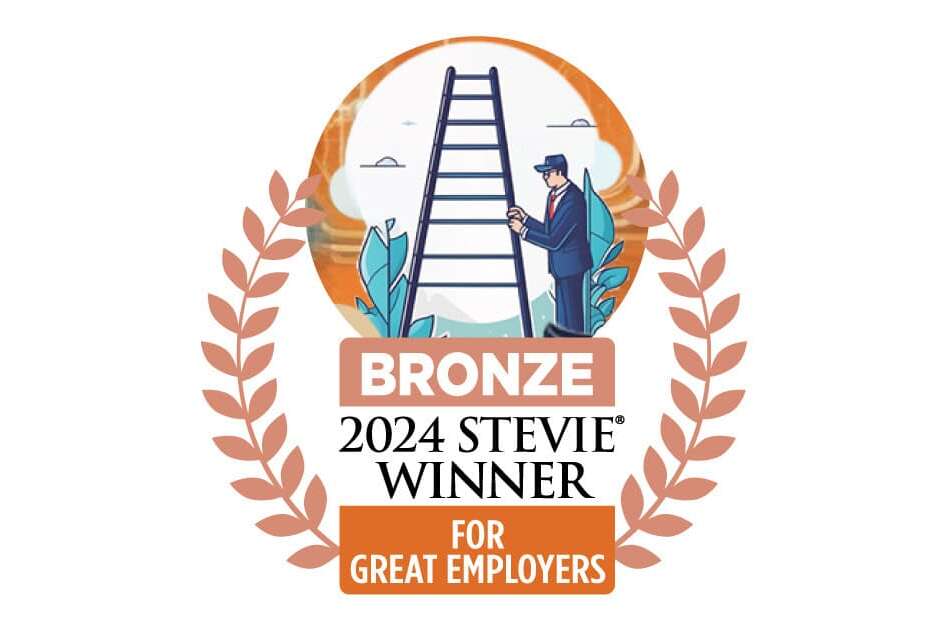Right now, in this COVID-19 era, protecting and preserving health is a community effort. Perhaps that’s why on my just-released podcast chat with my dear friend and colleague, Lisa Hyatt, health was top of mind for me. Health in general, and mental health and well-being, specifically.
As a result of helping my son navigate complex issues in his late teens, I’m a vocal proponent of ending the stigma of mental illness. As part of that effort, I put my experience into action, volunteering as a program leader for an 8-session course offered by National Alliance on Mental Illness (NAMI).
So, it’s probably no coincidence that my view of channel programs starts with a similar lens: the health of the program. While there are many measures I’ve seen customers apply, ranging from partner engagement and campaign usage to ROI metrics, a healthy pipeline is one of the best gauges of program success.
Let’s Take Your Temperature
What is a healthy pipeline? It’s a pipeline that above all else supporting consistent and predictable sales performance. The goal of a healthy pipeline is to limit the peaks and valleys in a way that helps your program scale its business. Of course, many variables impact pipeline health, including finding best-fit buyers, improving deal velocity, partner performance, and more. That said, improving pipeline health includes having a tool that supports synchronized marketing and selling efforts for your diverse partner community.
When a pipeline is healthy, it is a guide that predicts growth, interprets buying trends, and links buyer touchpoints to deal closure. At Zift, we work with customers every day who are trying to break down the barriers between sales and marketing to gain a shared view of the pipeline. We don’t yet talk a lot about using the pipeline to analyze buyer intent, but those data-driven decision-points will sooner or later be part of our channel program analysis.
Get Your Pipeline in Shape
Building a healthy pipeline requires sales and marketing collaboration across your funnel or pipeline to engage potential buyers.
- Top: Marketing builds the top of funnel to create awareness. Here, the guiding principle is content, content, content delivered on-behalf of or through partners. When nearly 70% of buyers make vendor lists based on research, you will never be in the game without content.
- Middle: Marketing and sales both play key roles in the middle of the pipeline. Marketing enables sales with tools, playbooks, templates, selling tools, testimonials – and more. Sales promote value and differentiation armed with tools to engage buyers.
- Bottom: At the bottom of the pipeline, sales works with buyers to close business.
Those buyers are the lifeblood of your business and Zift’s. Anything that we can do together to make the buying and selling process easier, faster, a win-win, is goodness. To that end, Zift’s Channel Center of Excellence is providing Health-Checks now, to help you evaluate the health and well-being of your channel pipeline and program. You can contact them here to get started.
I don’t want this to be a one-way conversation, so share your comments below or feel free to reach out to me directly at kristafuller@ziftsolutions.com I’m looking forward to hearing from you! In the meantime, friends, be kind to yourselves and be kind to each other.
Krista Fuller
Krista Fuller is Zift’s VP of Product Marketing, a powerful mental health advocate, and business coach. She’s passionate about helping software companies build and market impactful solutions, cultivating curiosity among colleagues, and celebrating life with family and friends.




